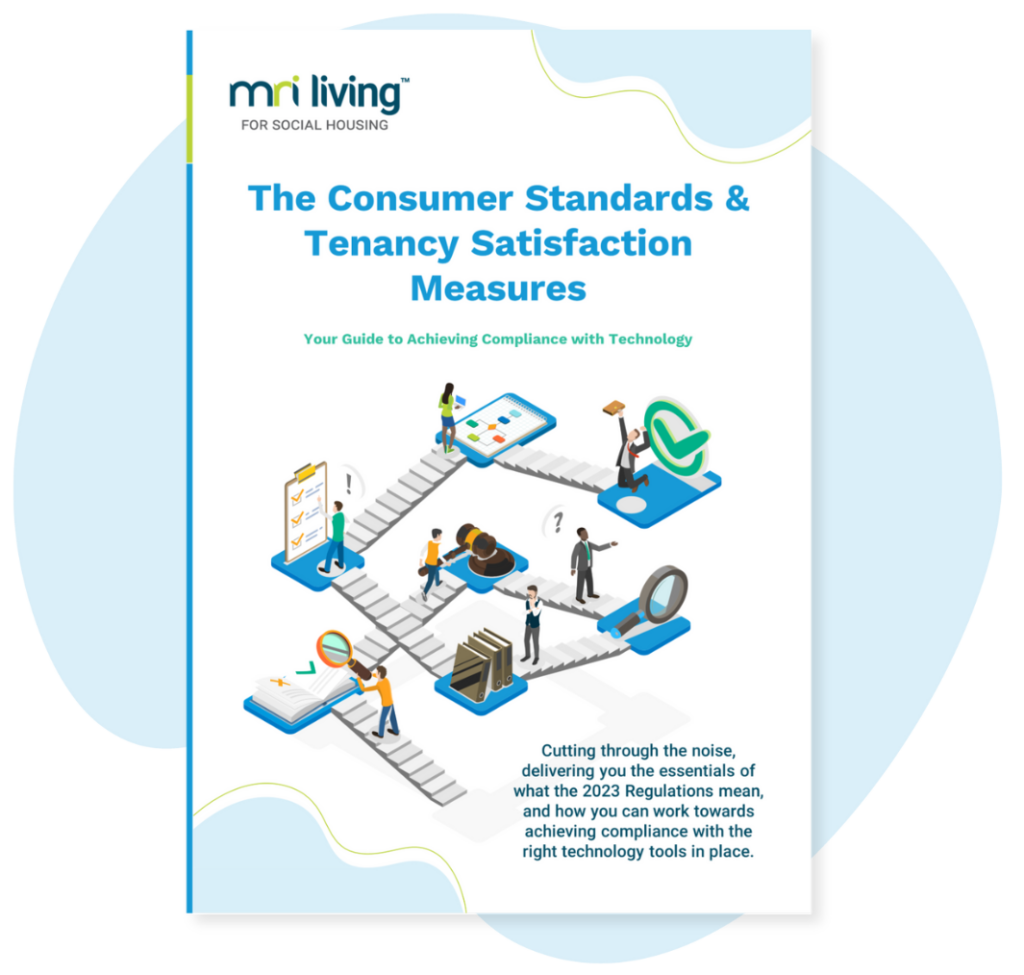Tackling the most harmful and serial domestic abuse perpetrators
The past year saw reporting of incidences of domestic abuse skyrocket, while in recent weeks the safety of women has dominated the national conversation. Particularly striking was an MP reading in parliament the names of those killed in the past year. It took over four minutes.
These murders are most likely to occur in or around the home and be committed by a partner, ex-partner or family member. Those working across policing, safeguarding, the housing sector and multiple other agencies tackling domestic abuse (DA) are increasingly working to embed processes that aim to address the root of the problem and the consequential disruption, namely the perpetrator.
This article outlines and builds on topics discussed during a recent event held by HQN in partnership with MRI Software. Speaking at the event were:
Denise Lloyd
MATAC Manager, Northumbria Police
Dr Kelly Henderson
Interim Director of Housing, Women’s Pioneer Housing
Greg Andrews
Client Success Manager, MRI Software
Extensive research conducted by Dr Kelly Henderson in 2019 found evidence of proactive work being undertaken by housing associations and local authorities to deal with domestic abuse in their homes and support domestic abuse survivors. “Many are already committed to taking action through sector-led initiatives such as the ‘Make a Stand’ pledge. However, the provision for dealing with perpetrators isn’t yet as sophisticated as services offered to survivors. Only 6.1% of housing providers said that their organisation provided any support to perpetrators to address their behaviour.”
The time for change is now; the role of housing providers in tackling domestic abuse is becoming more concrete. The recent budget announced an additional £19 million was being made available to support domestic abuse programmes. The Domestic Abuse Bill is set to go through parliament in April, which has specific outcomes for Tier 1 local authorities, whilst wide-ranging changes are expected for housing providers following the publication of The Charter for Social Housing Residents.
Within this white paper, two sections in particular name housing providers as ‘well-placed’ to identify abuse and state that new regulatory standards will be established as to how housing providers approach DA.
If the sector is going to get ready for these changes expected from the social housing white paper, we can’t just focus on picking up the pieces of the chaos caused by perpetrators. What are we actually doing about the cause of the problem? Many organisations I hope will now be looking at what they do to tackle perpetrators.
Policing domestic abuse during the pandemic
Lockdowns have produced an environment in which victims may be at home almost constantly with their abusers with few visible routes to safety. Northumbria Police have established a core message that abuse is not the reaction to a hard situation, but choices that a perpetrator makes, actively refuting any of the multiple narratives that emerged during lockdown of partners who simply ‘snapped’.
The importance of housing cannot be overstated, especially during the pandemic. It has never been more important to house perpetrators of domestic abuse.
Denise Lloyd, MATAC Manager, Northumbria Police
Working with MHCLG and local authorities, accommodation has been made available for any abuser who has been charged and is on bail or has been served a DVPN and is not legally allowed to return to their home. This enables victims and children to remain in their homes and for perpetrators to establish some stability upon which they may be able to engage with programmes that address their behaviour.
Denise Lloyd, from Northumbria Police hopes this level of joint working and provision outlives the pandemic. “This process worked absolutely fantastically, almost to the point where I was saying ‘I wish there was a pandemic all the time!’”
MATACs (Multi Agency Tasking and Coordination)
In 2014, Northumbria Police force was the first service to design and embed the MATAC process. The basis of the MATAC programme is an algorithm, which identifies the most harmful perpetrators and judges them against three factors: Recency, Frequency and Gravity. During this process, Northumbria Police developed the first definition of what a serial perpetrator is – which is now set to be adopted nationally – and developed a freely available MATAC toolkit laying out approaches and resources available; ‘Domestic Abuse A Whole System Approach’ (DAWSA).
An independent evaluation undertaken by Northumbria University found that the force’s work delivered a significant social return on investment, indicating that for every £1 invested, it built £14.54 in social value.
We’ve spoken previously about the wide ramifications and costs that domestic abuse has across public services, not to mention to those experiencing it. Ranging wide from missed days at work, police callouts and money spent by housing providers to fix damage caused during an assault, the personal and public costs can soar.
The work done by the MATAC teams with perpetrators in Northumbria led to a 65% reduction in re-offending in relation to abuse. What’s more, it also found that there was a wider reduction (61%) in offending across other offence types. As Denise explained, “People don’t tend to just commit domestic offences, there will often be wider criminality involved. That could be antisocial behaviour, drug related crimes – anything.”
Partnership working: why housing providers play a role
For the MATAC process to work, it relies fundamentally on strong partnership working. Sharing a case study of this in action, Denise outlined a situation that may not have been referred to the MATAC process had it only been left to the police’s work to identify serial offenders. The evidence and secondary referral from a partner agency was fundamental in bringing the perpetrator into the process.
This perpetrator had also engaged in stalking behaviours towards a neighbour, Denise explained: “The housing provider had to step in and she was moved, so it’s quite a big impact on a housing provider made by one perpetrator’s behaviour.” The information shared by the housing provider, such as the home being in a state of dangerous disrepair, gave a less confrontational route for engaging with the household in order to assess the wider situation.
The individuals living there had already been served a PPO (Personal Protection Order) because of the state of the property. However, rather than evicting them on these grounds, it was agreed in partnership by those involved in the MATAC to keep them in the home in order to keep the victim in sight and available for intervention and support.
Keeping track of a situation and recognising patterns of behaviour are essential if housing providers and key partners are to address domestic abuse in their homes. Bringing the online event to a close, Greg Andrews, Client Success Manager at MRI gave a brief outline of MRI’s antisocial behaviour and domestic abuse case management software, Streetwise. The interlinking modules were designed and built by practitioners, including Dr Kelly Henderson.
The system facilitates the joint working so central to addressing DA in communities. As touched upon by Denise, DA is sometimes connected to other criminal behaviours and the recording of those incidents can lead housing providers to link action together. One Streetwise user, Chelsea Kelly from Poplar HARCA believes that the ability to see connected incidents, “is really helpful when deciding on action to take against repeat perpetrators and also when considering what other support can be put in place.”
Addressing the root of DA in communities by identifying and engaging those who cause the problem has the potential to stop an abusive situation before the damage that’s done is irrevocable. Putting in place support, including accommodation for perpetrators in order for them to address their behaviours could save lives and also enact real societal change, preventing others from being victimised in the future. In these circumstances, housing providers are one of many actors that have the ability to build safer neighbourhoods and protect their communities.
Greg Andrews is happy to speak on any of the issues that came up in this article and how MRI Software might be able assist those preventing and dealing with DA in their communities. You can get in touch with him here: Greg.andrews@mrisoftware.com
The full webinar is available here.
The Consumer Standards and Tenancy Satisfaction Measures: Your Guide to Achieving Compliance with Technology
Cutting through the noise, delivering you the essentials of what the Consumer Standards and Tenancy Satisfaction Measures 2023 Regulations mean, and how you can work towards achieving compliance with the right technology tools in place. New regulatio…

